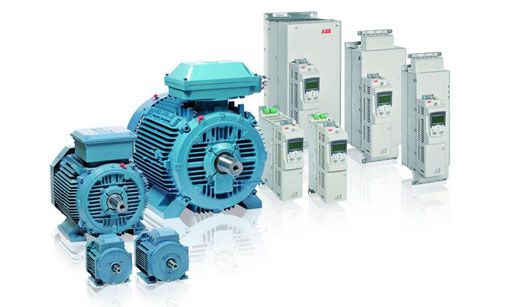Motors and Drives for Efficient Control
With electric engines representing an expected 65 percent of industrial usage, rise in efficiency effectiveness plainly give the possibility to major savings. The energy consumption of electric motors can be reduced in two ways i.e. executing effective speed control and expanding the productivity of the engines. Variable speed drives (VSD) is the best method for controlling motor speeds. However, control is regularly still executed with throttling valves in pump frameworks, vanes in fan applications, or apparatuses or belt drives in rotating machinery. Belt drives, gearboxes and water driven couplings all add to the inefficiency of system and require the engine to keep running at full speed constantly.

In addition, the mechanical drives can produce loud noises and can create hassles while servicing.
Mechanical drives might appear financially savvy at first sight, but they waste huge proportion of energy. Running an engine at full speed while throttling the yield is somewhat similar to attempting to control the speed of an car by keeping one foot on the accelerator and the other one on the brake. Taken over industry as a whole, the total amount of energy wasted in this way is huge: of the estimated 65 percent of industrial energy that is used by electric motors, some 20 percent is lost by throttling mechanisms.
Controlling motor speeds has the additional advantage that production increase can be accommodated easily without the requirement for additional investment, as AC drives can easily manage speed increase of 5– 20 percent. By matching the performance of motor, drives can deliver real funds when compared with wasteful practice of running the motor at full speed against a restriction to modulate output. The energy should be applied precisely when and where it is required, and no energy is wasted.
The drives themselves are also becoming highly slender, not only smaller in size but more energy efficient to manufacture, with smaller circuit boards and enclosures made of recyclable plastic.
Stay updated :
Participate on our social stream.
